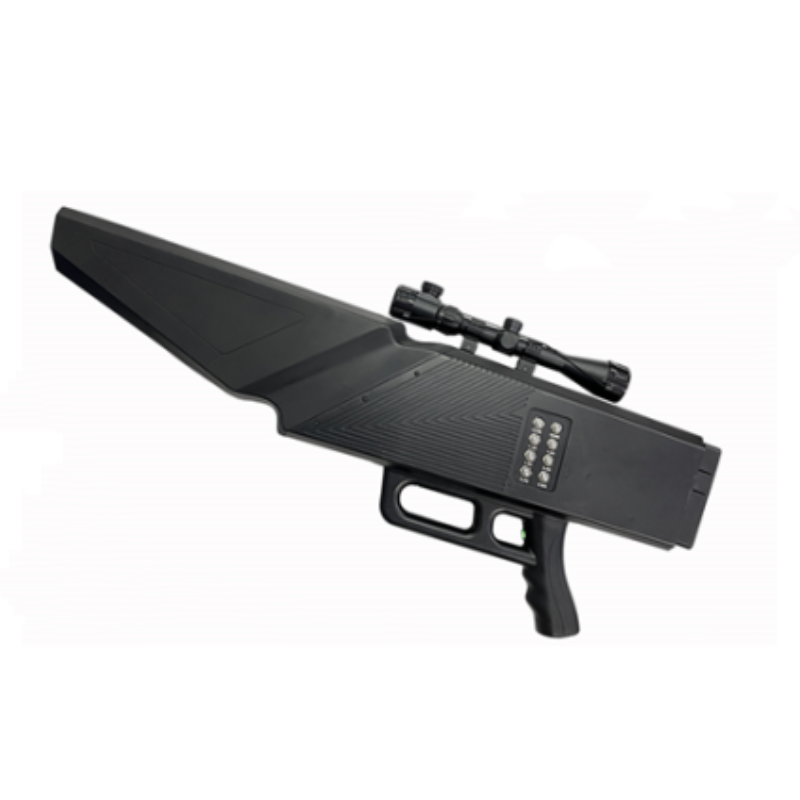Drone Jammer
 Jul 03,2024
Jul 03,2024

 XinShengHeng
XinShengHeng
Counter drone
The threat of drones, especially counter-drones, is small, and technology is improving, whether in the area of border defence, counter-terrorism or in airports, government agencies, key sites and other places.
At present, UAV countermeasures mainly adopt four methods, of which blocking interference is the most important means, which can force the UAV to automatically return or land when it interferes with the communication or hardware of the UAV. The other three methods are bait control, interception capture, and direct destruction.
Interference shield
(1) Electromagnetic interference
Electromagnetic interference can effectively block the communication between the drone and the control station, cutting off the remote control signal and data transmission of the drone, that is, the image transmission signal, to achieve the purpose of forced landing or keep the drone away. Directional or omnidirectional electromagnetic interference effectively handles multiple UAVs within operating distance.
(2) Navigation signal interference
Unmanned aerial vehicles often use satellite navigation and positioning systems to campaign, and the implementation of interference navigation signals can make unmanned aerial vehicles unable to accurately campaign, thereby affecting unmanned flight control systems and unmanned aircraft flight restrictions.
(3) Acoustic interference
This is a costly form of intervention. The drone maintains its own balance through the control and feedback system of the gyroscope. Acoustic interference sends out sound waves at the same frequency as the gyroscope's sound waves, causing them to resonate, causing the drone's gyroscope to not work properly.
Bait control
(1) Navigation beacon
By sending false satellite navigation signals to "trick and confuse" drones into thinking they are targeting a wrong location pre-set by the system. Since the satellite navigation signal received by the drone is weak, the system requires only a small transmission power to achieve the attracting effect of the drone.
(2) Radio signal hijacking
In this way, the communication protocol of the drone signal is first deciphered, and then a stronger control signal is sent to the drone to control it.
Intercept acquisition
Intercept drones from the ground or air, mainly by launching weapons and networks, or using large drones to intercept small ones, as well as training eagles to intercept drones and bring them to designated areas.
Direct failure
Missiles, laser weapons, microwave weapons, etc. can be used to attack drones. However, these methods have more limitations and will lead to the fall of the drone. Therefore, the direct destruction method is suitable for suburban and wild environments, but not for urban environments.





 Home
Home Uav defense plan and implementation measures
Uav defense plan and implementation measures  You May Also Like
You May Also Like

 Tel
Tel
 Email
Email
 Address
Address










